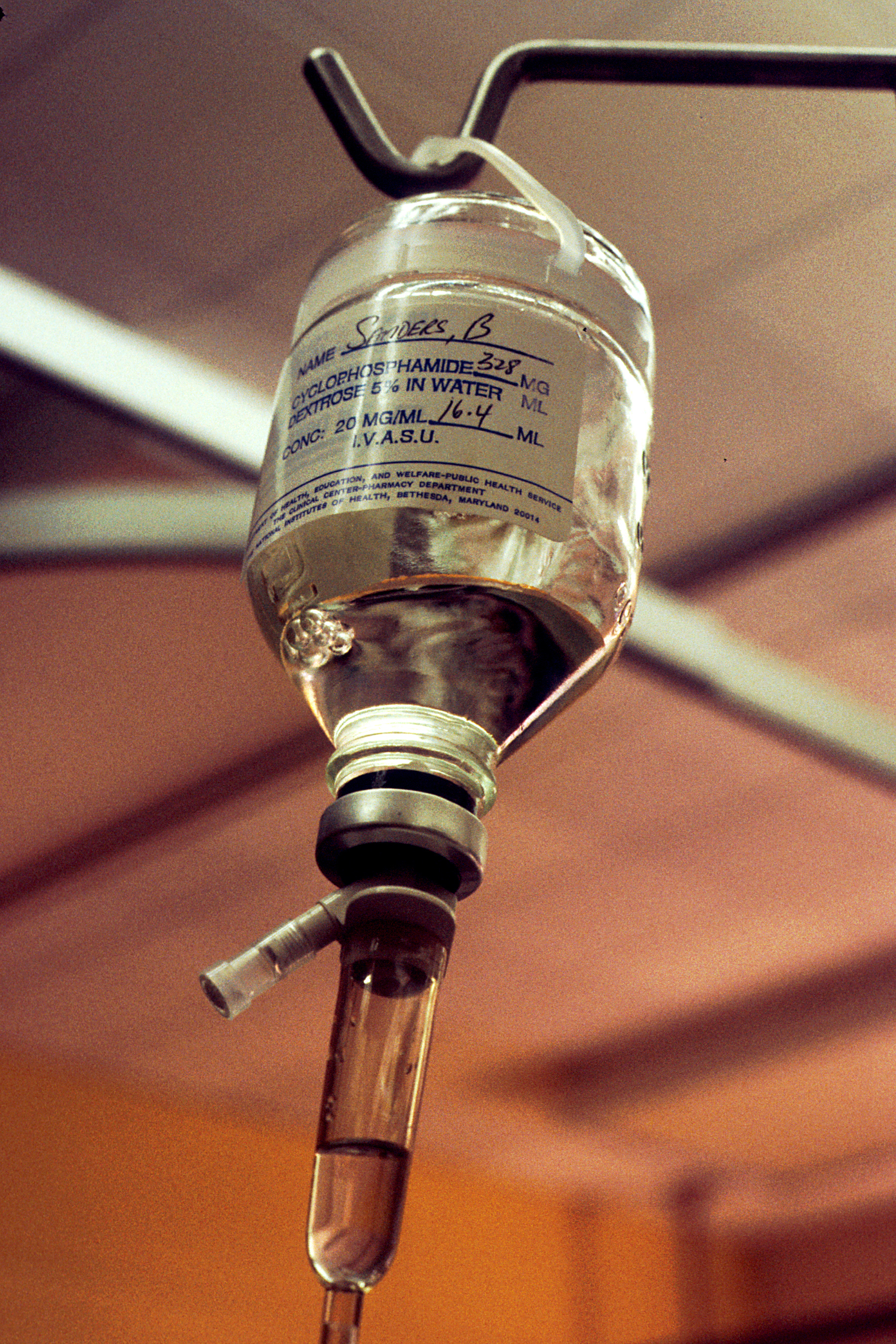Breast Cancer Treatment About
Source(google.com.pk)
Breast cancer is the most common cancer among American women, excluding non-melanoma skin cancers.1 2 In a woman’s lifetime, she has approximately a 1 in 8 (12%) chance of developing invasive breast cancer.2 In 2010, The American Cancer Society released estimates that approximately 207,090 new cases of invasive breast cancer and 54,010 new cases of carcinoma in situ (CIS) would be diagnosed that year.2 The cases of male breast cancer are rare, making up just under 1% of all newly diagnosed breast cancer (0.94%).3 Breast cancer was estimated to account for 15% of all cancer deaths in women in 2010, this was second only to lung cancer (26%).3 The deaths related to breast cancer have been steadily declining since 1990. Even larger decreases are noted in women over 50 years old, which is thought to be related to earlier detection, increased awareness, and improved treatment.2 It may also be because of the reduction in use of hormone therapy after menopause.2 The reduction in the use of hormone replacement therapy with menopause is a result of the Women's Health Initiative, which was published in 2002.2 They linked the use of hormone replacement therapy to an increased risk of breast cancer and heart diseases.2 This is uplifting information as approximately 70% of those diagnosed with breast cancer are over 50 years old.4 Currently there are over 2.5 million breast cancer survivors in the United States alone.280% of breast cancers originate in the ducts that bring the milk to the nipple, 8% stem from the lobules, which are the milk-producing glands of the breast, and 12% originate in combination.5 Breast carcinomas are most commonly adenocarcinomas that originate in the single layer of epithelial cells that line the ductal and lobular systems of all milk ducts.4 It is believed that germline mutations of the BRCA1, BRCA2, and other genes account for 5-10% of breast cancer cases reported and may be inherited.4 6 There are eight different types of breast cancer: ductal carcinoma in situ (DCIS), invasive (infiltrating) ductal carcinoma (IDC), invasive (infiltrating) lobular carcinoma (ILC), inflammatory breast disease, Paget’s disease of the breast, male breast cancer, and Phyllodes tumor of the breast.7 Breast cancer presents similar biologically in both men and women, although typically it is diagnosed in the later stages with older men.4 While both genders develop the same types of breast cancer, lobular carcinoma is rare in men due to the absence of lobules in their breast.4
The most common presenting symptom in breast cancer is a palpable lump or nodule and
Breast Cancer Treatment
Sign Ribbon cells Horoscope Symbol Tattoos Research Zodiac Sign Ribbon Tattoos

Breast Cancer Treatment
Sign Ribbon cells Horoscope Symbol Tattoos Research Zodiac Sign Ribbon Tattoos

Breast Cancer Treatment
Sign Ribbon cells Horoscope Symbol Tattoos Research Zodiac Sign Ribbon Tattoos

Breast Cancer Treatment
Sign Ribbon cells Horoscope Symbol Tattoos Research Zodiac Sign Ribbon Tattoos

Breast Cancer Treatment
Sign Ribbon cells Horoscope Symbol Tattoos Research Zodiac Sign Ribbon Tattoos

Breast Cancer Treatment
Sign Ribbon cells Horoscope Symbol Tattoos Research Zodiac Sign Ribbon Tattoos

Breast Cancer Treatment
Sign Ribbon cells Horoscope Symbol Tattoos Research Zodiac Sign Ribbon Tattoos
Breast Cancer Treatment
Sign Ribbon cells Horoscope Symbol Tattoos Research Zodiac Sign Ribbon Tattoos

Breast Cancer Treatment
Sign Ribbon cells Horoscope Symbol Tattoos Research Zodiac Sign Ribbon Tattoos

Breast Cancer Treatment
Sign Ribbon cells Horoscope Symbol Tattoos Research Zodiac Sign Ribbon Tattoos

Breast Cancer Treatment
Sign Ribbon cells Horoscope Symbol Tattoos Research Zodiac Sign Ribbon Tattoos
approximately 90% of the masses are found by the woman herself.4 The typical location for the cancerous mass to develop is either centrally behind the areola or in the outer upper quadrant for women, and in the center behind the areola for men (see figure 1).4 The tumor typically feels fi

No comments:
Post a Comment